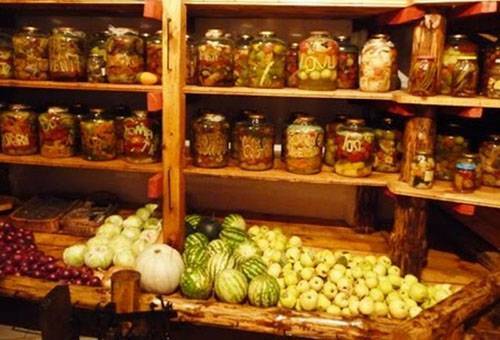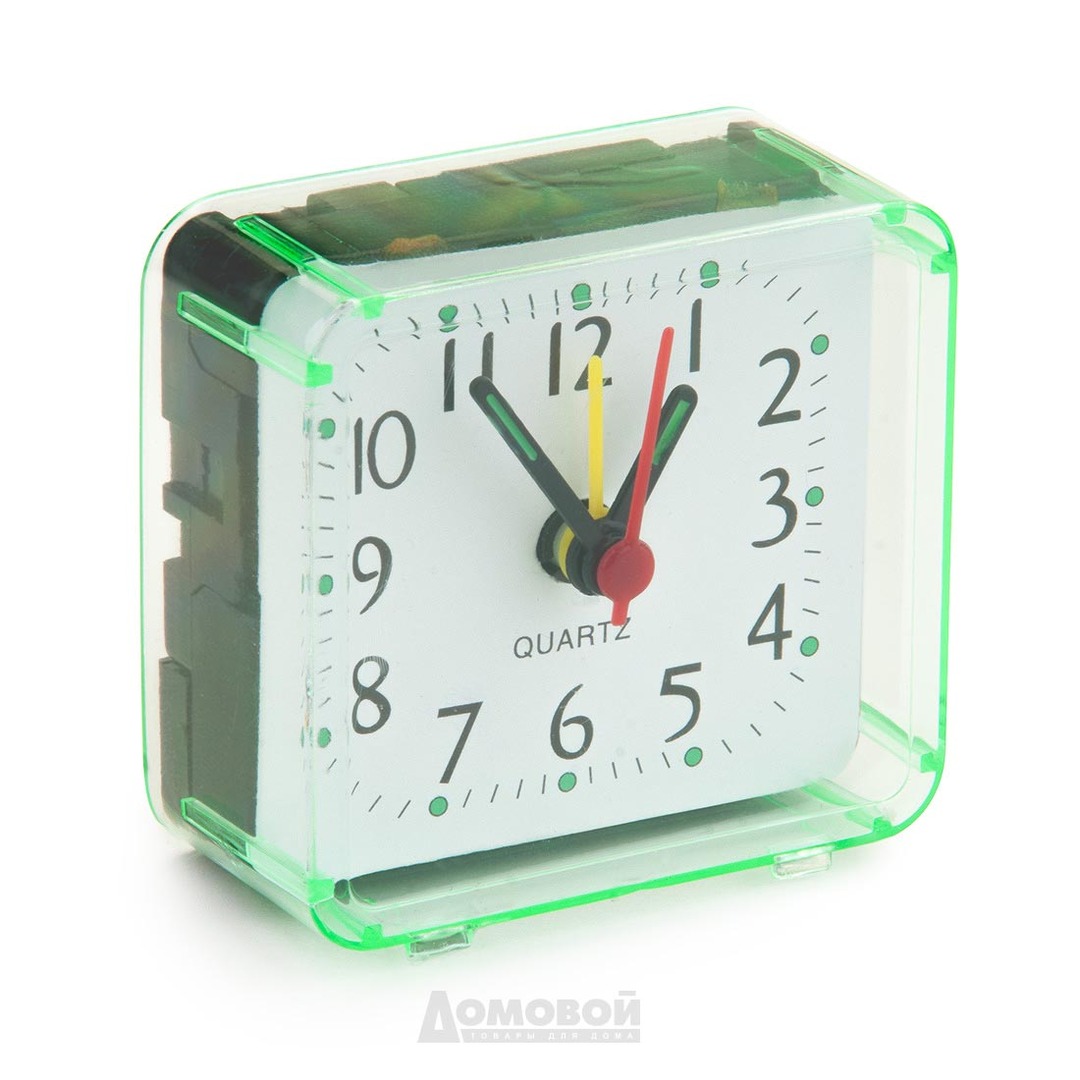Contents:
- Choose the perfect watermelon
- Storage rules
- How to store?
- We store competently
- How much can you store a watermelon?
- Alternatives to long-term storage
Although traditionally the symbol of the New Year are mandarins, sometimes you want to see something more original on the festive table in the winter. It can be greetings from summer - watermelon, but then the question arises how to keep the watermelon until the New Year unharmed with its pleasant taste, vitamins and trace elements.

Choose the ideal watermelon
What is important to do first is to choose the right fruit for storage.
- It is believed that watermelons retain all their useful properties at home for 3-4 months after harvesting, so that in order to survive the winter, the selected berry should be of late varieties, usually ripening in the middle-end of September. And ripening independently, which means the absence in them of harmful additives that accelerate growth. The most common varieties for long-term storage are Astrakhan, Bykovsky, Volzhanin and Ikar. They all have a juicy sweet flesh and are resistant to diseases.
- The berry should be whole - without cracks, scratches, dents, rot, etc., have clearly defined strips on the skin and a uniform color, indicating ripeness from all sides. It is better to choose fruits of medium size - small ones can be already ripe by the time of collection, and too large, on the contrary, not yet have time to ripen completely.
- The selected variety should be characterized by a thick skin and a dense flesh.
- You should not make a purchase in supermarkets and large chain stores - usually unripe watermelons are delivered there, most likely, stuffed with chemicals for safekeeping during transportation and storage in storefronts. It is better to buy berries from proven gardeners. And if it was grown independently, then for the subsequent long-term storage the crop should be removed for some days earlier than usual. And, of course, do not overuse the additional feeding of growing watermelons with too much chemistry.

Rules of storage
It is necessary to store watermelon correctly. Obviously, this should be done at low temperature. Send it to the refrigerator for a few months, of course, you can, but then other products will not have much space. Therefore, it is worth choosing a more free place in which the following conditions will be met.
- Temperature not higher than +5, +8 ° С.At room temperature, to keep watermelons for more than a couple of days is by no means impossible - they begin to rot and wander.
- Humidity within the range of 60-80%.If the dryness is too much, the watermelon will quickly lose its liquid and will look sluggish, and in dampness it will quickly rot.
- Good ventilation.
- Darkness.
Under these requirements, a storage room, mezzanine or unheated, but glazed balcony( although in this case it is necessary to ensure that the temperature on it is not too low).
Council
Experienced marketers know how to save a watermelon at home. The secret is that it should be well prepared for this - carefully washed, trying not to damage the peel, wipe and let it dry out in the air. For maximum drying, you can overlay straw for the night, which will absorb excess water.

How to store?
Regarding specific storage methods, there are several tested options.
- Suspension of the .Watermelon is wrapped in natural cloth or old newspapers and suspended in a linen bag, mesh or string bag. Yagoda will be provided with ventilation and a uniform temperature and humidity regime. Sand falling .Watermelon is placed in a box of wood and covered with sand, trying not to ram it too hard to allow air to enter. Sand can be replaced by dry grains, but it is important that they do not have larvae of insects or other pests.
- Straw .Watermelon at the same time can be put into a box, or simply placed on a shelf or on the floor, surrounded with clean straw on all sides. Instead of straw, ashes( preferably hardwoods) can be used, dry tow or carefully dried moss. But in these products insects and rodents are often planted, so the storage location will have to be guarded especially carefully.
- Clay .Due to adsorbing and disinfecting qualities, it will protect watermelons from dampness and fungus, and the dense crust formed will protect against external influences. Clay should be diluted in pure water, and preferably in a non-metallic container, mix thoroughly and apply to the surface of the fruit with a thick layer of hands or brush, then allow it to dry thoroughly and remove the watermelons in a cool dark place.

We store competently
Fruits can not be folded in several layers: from the pressure of the peel, if it does not crack, then it will necessarily crumble a little. It is better that the berries do not touch each other, lying separately or with a thick layer of something soft between them. So they not only will not suppress each other, but also will not suffer, if one of them nevertheless starts to rot and mold. It is not recommended to store watermelons with other fruits and vegetables, because they are very easy to absorb foreign smells. It is important that the watermelon does not lie on a solid surface, otherwise the skin will at least for some time, but it will certainly change, which will affect the shelf life. It is necessary to put something soft enough.
Berries hung for the winter in the grid, you can not touch at all, unless the storage location is cold or warmed too much - then you need to remove them in more suitable conditions. And buried in sand or wrapped in dry grass, the fruits should be examined on average once every 2-3 weeks for safety and turn over. If it is noticed that one of them began to deteriorate, then continue to try to keep the watermelon is not worth it. If the spoiled part is small, it can be cut off, and the rest immediately eat, and otherwise immediately get rid of a rotten or moldy product.
It is important to understand that after harvesting and harvesting watermelons are almost ripe. And if you originally purchased a greenish unripe fruit, then from the months of lying for autumn and winter, it will not taste better and sweeter.
How much can you store a watermelon?
When buying a good watermelon and observing all the recommendations for its storage, it is quite capable of lying not only to winter and New Year, but also to spring. Moreover, using the same rules, you can save up to the holidays and other popular melons and gourds - melon and pumpkin.

Alternatives to long-term storage of
If there is any doubt that it will be possible to keep the watermelon for so long, or there are no suitable conditions for storing the watermelon in the house, then this berry can always be placed on the New Year table in a conserved form. In the course will go not only the delicious flesh itself, but also the crusts that are usually thrown out. Cook them with sugar, make a watermelon jam. The pulp is wrinkled and filtered, and the resulting juice is boiled, giving a thick sweet syrup, called watermelon honey. Both thick-bore and thin varieties of watermelons wholly or sliced into pieces are salted in brine, with cabbage, apples and even in sand. It turns out a very original snack, although with some unaccustomed it may not like.
In large stores in the winter you can buy overseas watermelons. However, firstly, their price is tens of times higher than that of domestic products in the summer season, and secondly, they will be much less tasty. And the point here is not in some bad grades, but solely in the fact that for long-term transportations the fruits are collected very unripe, and no matter how much they lie, they will not be able to mature substantially.



